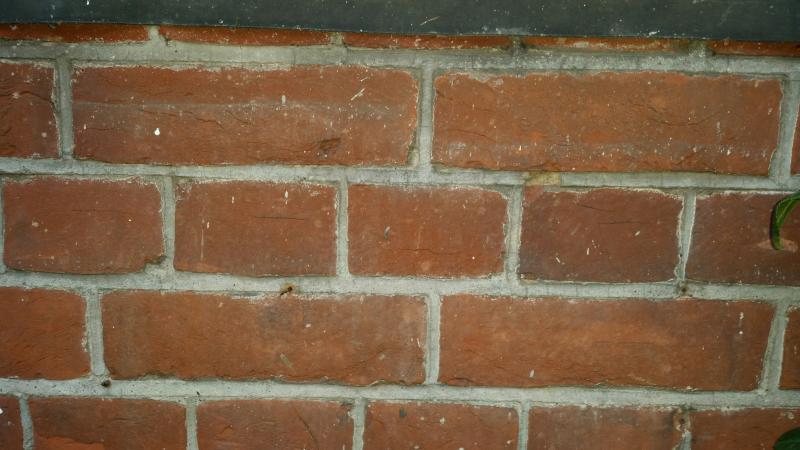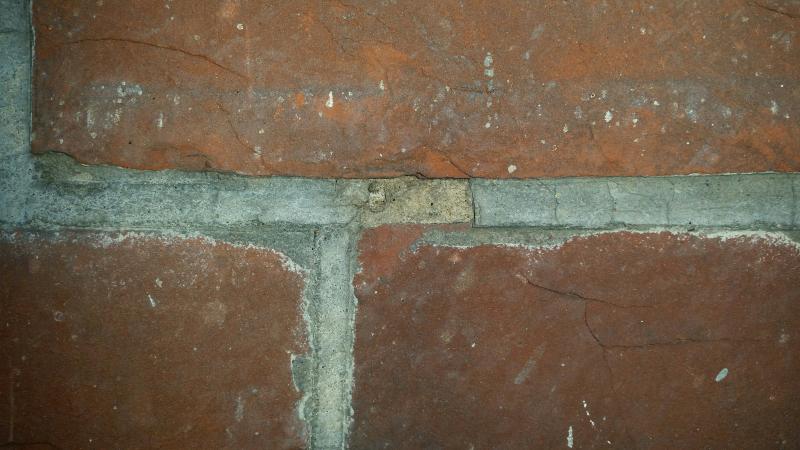Hello,
I am about to repoint my house but am unsure about the type of mortar to use.
House was built c. 1900, so from what I have read lime mortar seems like the likely choice.
From reading other posts on here, 3.5 NHL could be the one..
It has been suggested to me that a 1:1:4 mix (lime + O.P.C + sand) can also be used (or maybe 1:1:5 - checking). Does that still constitute a lime mortar? As it has concrete added does that not let the mortar breathe and will therefore affect the (soft) bricks?
Here are a couple of pictures of the pointing. You can see the original pointing has been touched up by covering it with some new pointing which is flaking off.
This second one shoes the underlying pointing better
Thanks for help
Charlie
I am about to repoint my house but am unsure about the type of mortar to use.
House was built c. 1900, so from what I have read lime mortar seems like the likely choice.
From reading other posts on here, 3.5 NHL could be the one..
It has been suggested to me that a 1:1:4 mix (lime + O.P.C + sand) can also be used (or maybe 1:1:5 - checking). Does that still constitute a lime mortar? As it has concrete added does that not let the mortar breathe and will therefore affect the (soft) bricks?
Here are a couple of pictures of the pointing. You can see the original pointing has been touched up by covering it with some new pointing which is flaking off.
This second one shoes the underlying pointing better
Thanks for help
Charlie




